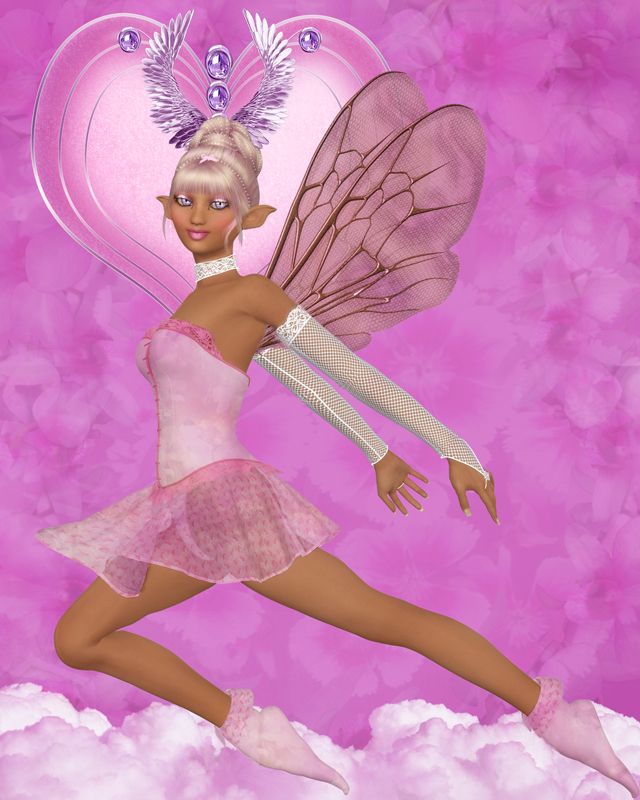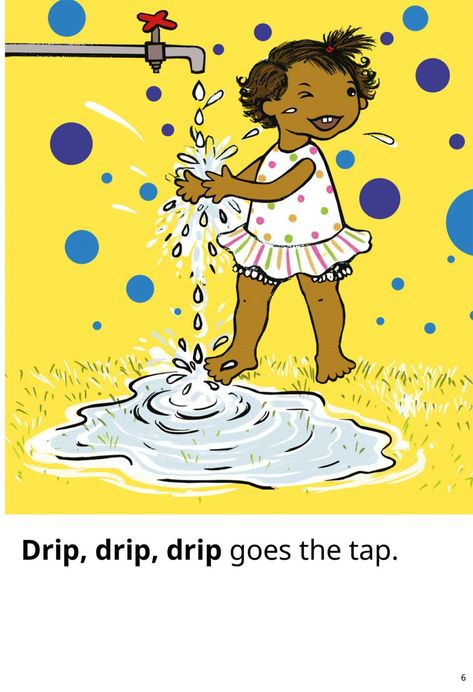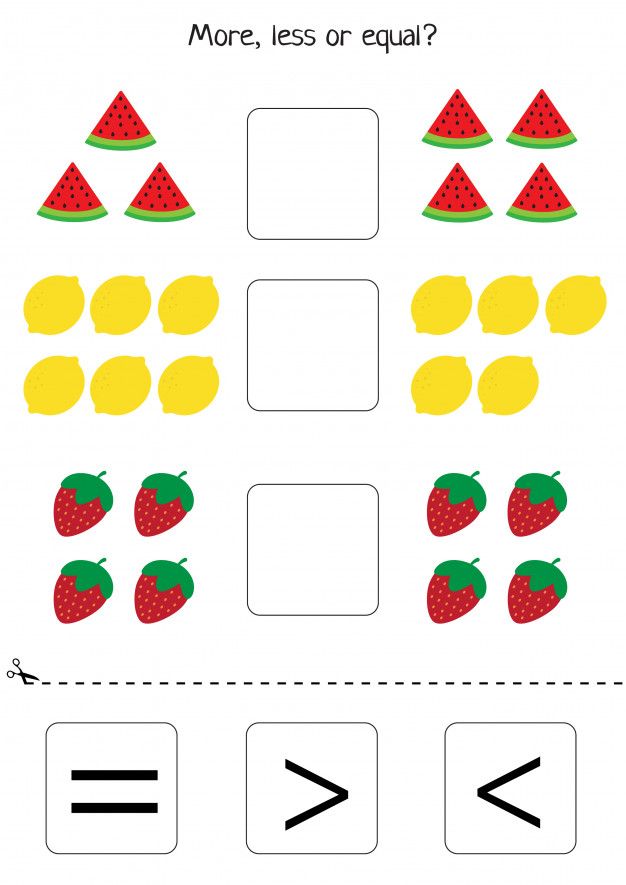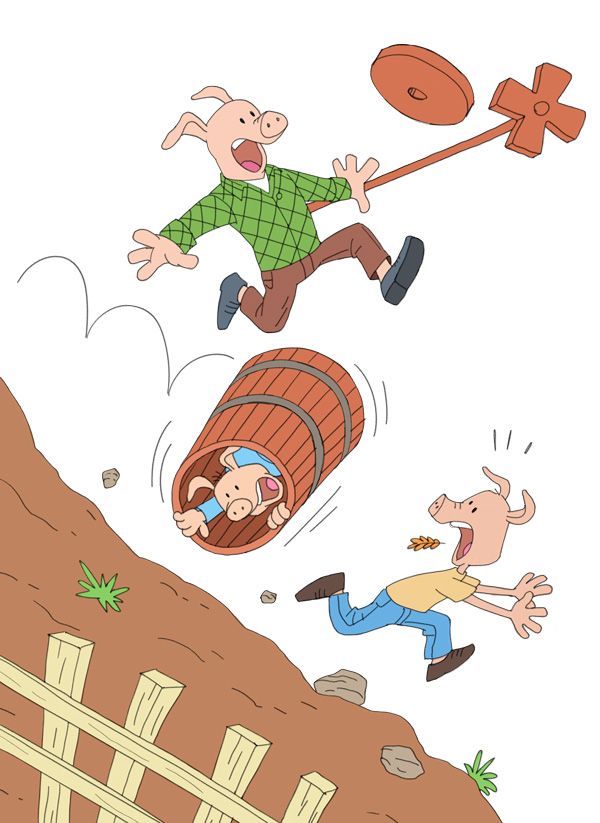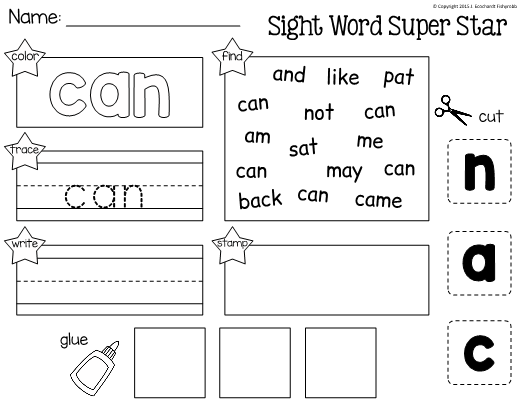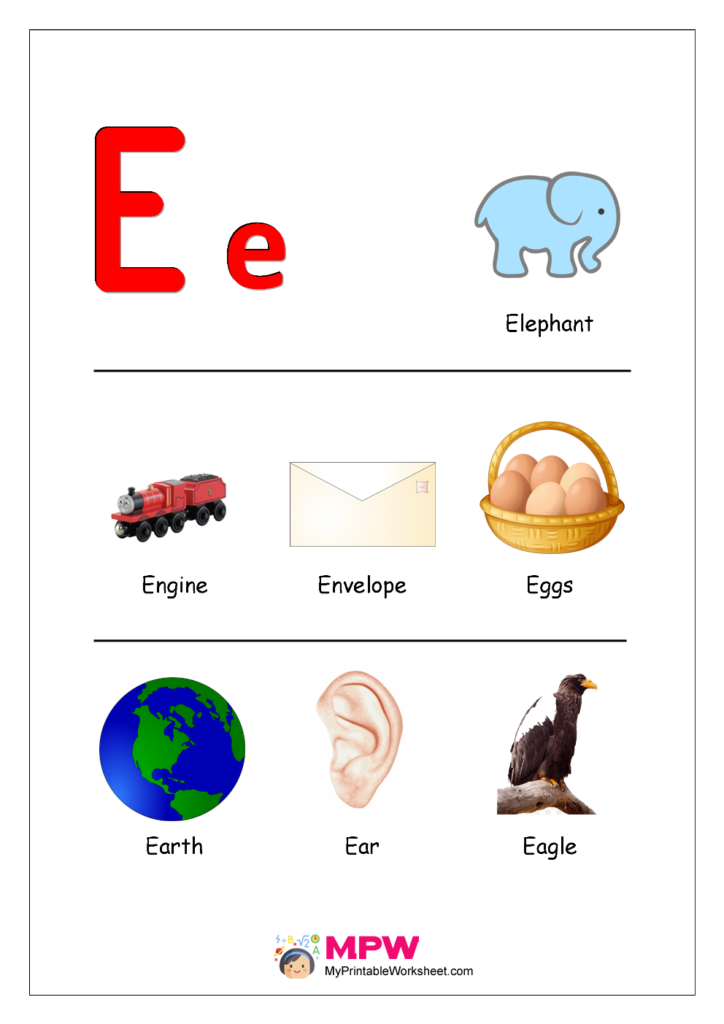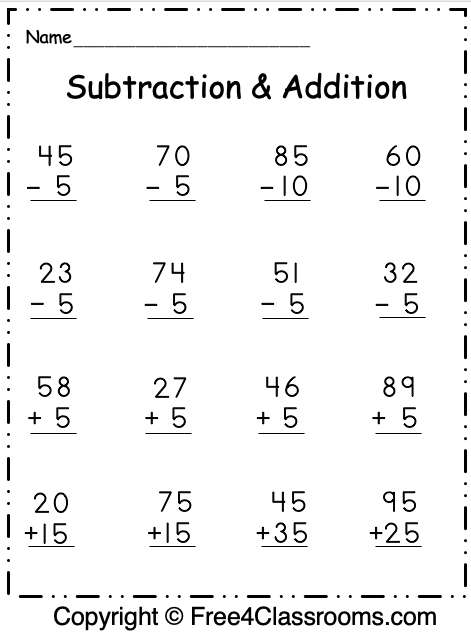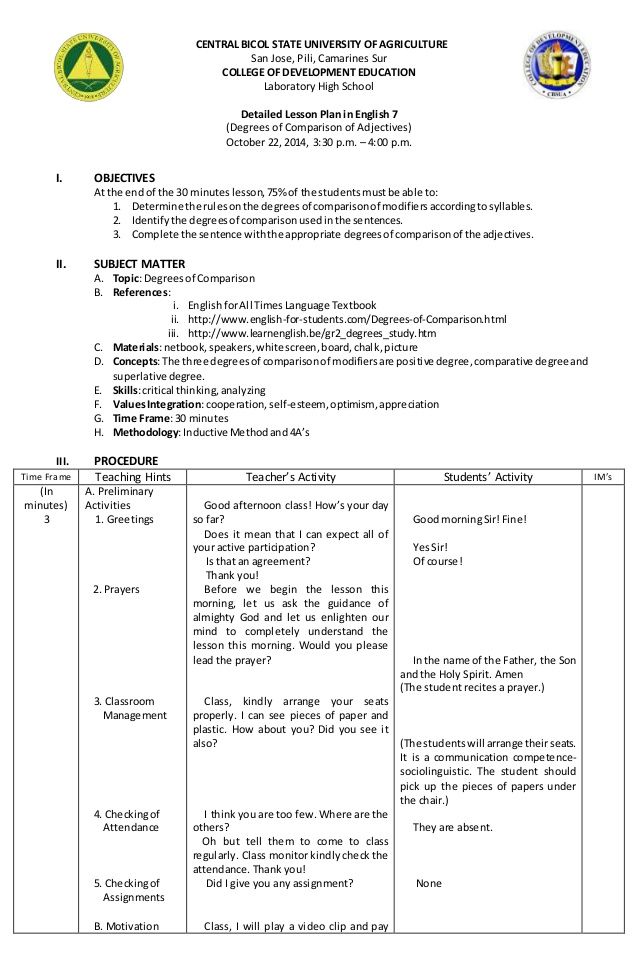Rectangle shapes for kids
Rectangle Theme
RECTANGLE THEME
See also my pages for Circle, Triangle, Square, Diamond, Heart, Oval, Star, and All Shapes
Book List
As an Amazon Associate I earn from qualifying purchases
Songs & Fingerplays
Rectangle
Here's a rectangle, straight and tall:
(arms straight up, over head, fingers touch)
Two long sides, and that's not all.
Two short sides that face each other.
Draw one rectangle, now another. (draw in the air)
~Submitted by Cheryl's Sweethearts ChildCare
It's A Rectangle - sung to "B-I-N-G-O"
There is a shape that has four sides,
But it is not a square NO!!
It's a rectangle; It's a rectangle; It's a rectangle;
It is not like a square NO!!
Two sides are long; two sides are short.
They are not the same NO!!
It's a rectangle; It's a rectangle; It's a rectangle;
The sides are not the same NO!!
~Submitted by Cheryl's Sweethearts ChildCare
This Is a Rectangle - sung to "Frere Jacques"
This is a rectangle, this is a rectangle.
How can you tell? How can you tell?
It has two short sides,
And it has tow long sides.
It's a rectangle, it's a rectangle.
~Jeanne Petty
Rectangles - sung to "Jingle Bells"
Rectangle, rectangles
Have four sides.
Two are long and two are short,
(Hold hands far apart, then close together.)
Please give them a try.
(Draw rectangle in air with finger.)
Rectangles, rectangles
Have four sides,
Two are long and two are short,
(Hold hands far apart, then close together.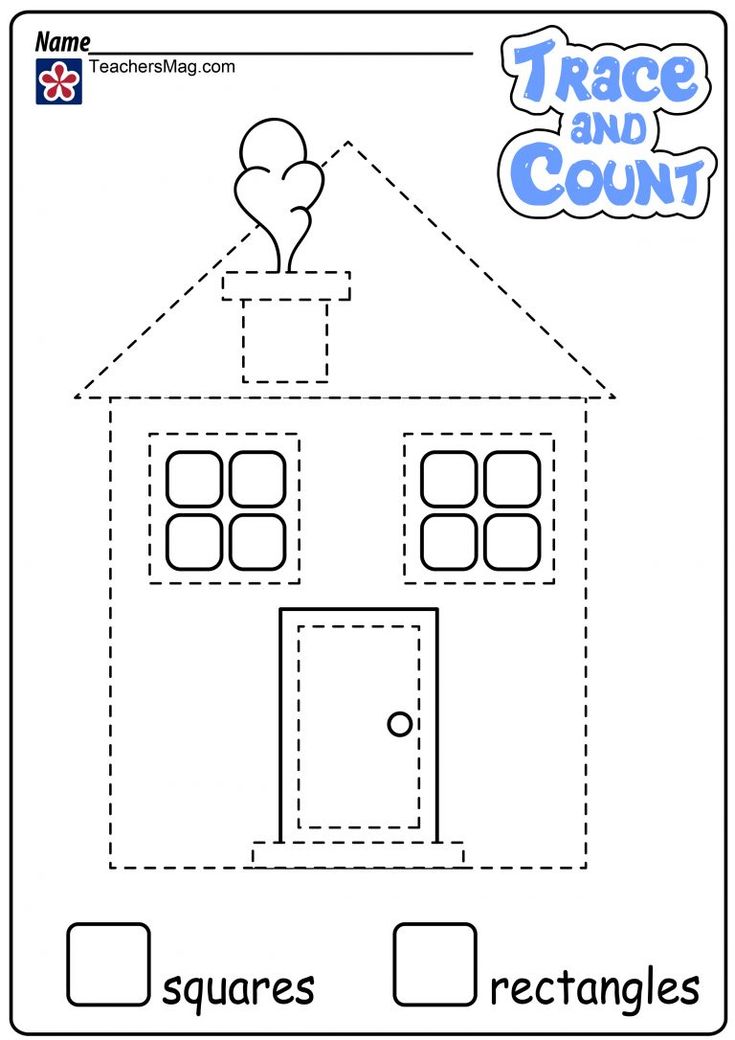 )
)
Please give them a try.
(Draw rectangle in air with finger.)
~Barbara Conahan
Rectangle Kid
Cut felt rectangles to make a Rectangle Kid, as shown in the illustration. Arrange the felt figure on the floor and help your children note that all are rectangles. Then put the figures on the flannel board as you recite the following rhyme.
Rectangle Kid
Rectangle Kid, Rectangle Kid,
Have you seen the Rectangle Kid?
IA rectangle head and cheeks of red.
A rectangle shirt looks very pert.
Rectangle hands like to play in sand.
Rectangle pants like to dance.
Rectangle shoes come in twos.
A rectangle hat. Imagine that!
Rectangle Kid, Rectangle Kid,
Yes, we can see the Rectangle Kid.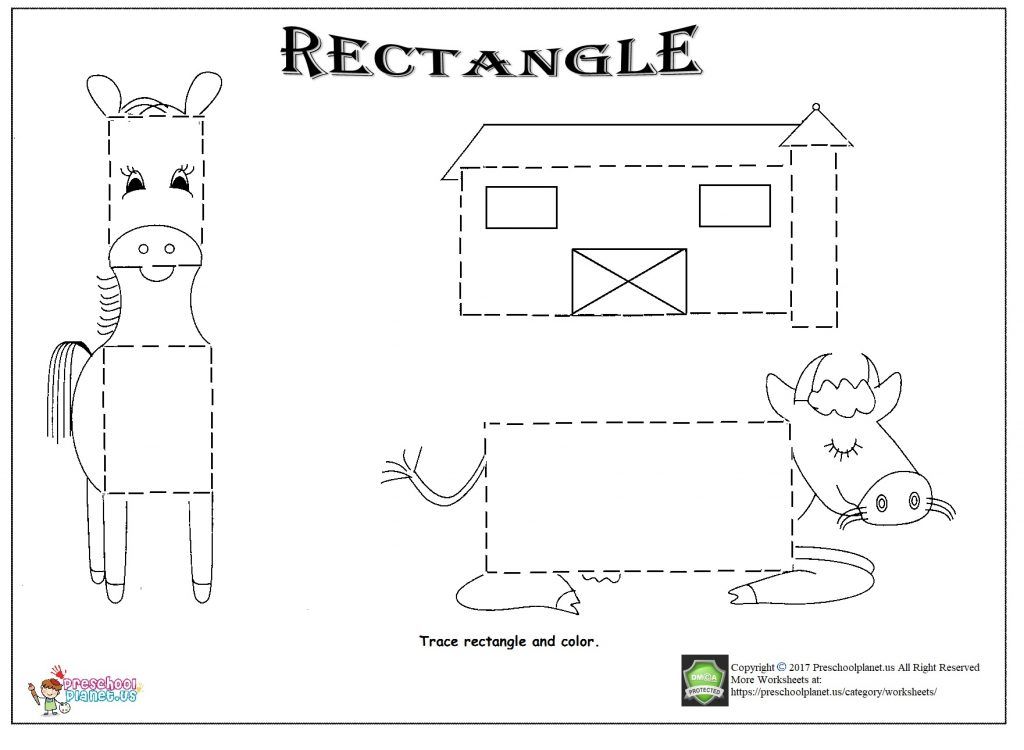
Extension:
Photocopy the rhyme for your children and have them illustrate it at art time.
Rectangle Robots
Pre-cut several rectangle shapes: larger rectangle for body, smaller for the head. For arms, legs, hands, and feet I cut paper strips with my paper cutter, in various sizes. Actually, I use my paper cutter for all the rectangles for this craft, come to think of it! Lots of colors. It's fun to use wrapping paper or paper with other textures too. The kids put their rectangles on their paper first --I tell them it's like making their own "puzzle". Then when they are pleased with their arrangement they paste them on the paper. Add facial features with crayon or marker and "antennas" with coiled pipe cleaners. They really turn out cute. Everyone is different. Some of them look like they are walking, some have arms raised, some have feet turned in, etc. It's a fun way to emphasize "rectangle" and makes a cute display too.
It's a fun way to emphasize "rectangle" and makes a cute display too.
~Submitted by Cheryl's Sweethearts ChildCare
Rectangle Thoughts
Invite your children to play a thinking game. Have each child in turn name a rectangle in the classroom (table, window), a rectangle at home (bed, pillow), or one somewhere else (book at the library, cereal box at a grocery store). Record your children's answers on a chart using words and simple sketches.
Getting to Know Rectangles
Show your children a variety of rectangles. Explain that a rectangle has four sides and four corners like a square, but that all four sides of a rectangle are not the same length. In a rectangle, only the two sides opposite each other are the same length. From a rectangular box, remove classroom and everyday items one at a time and have the children determine if they are rectangles.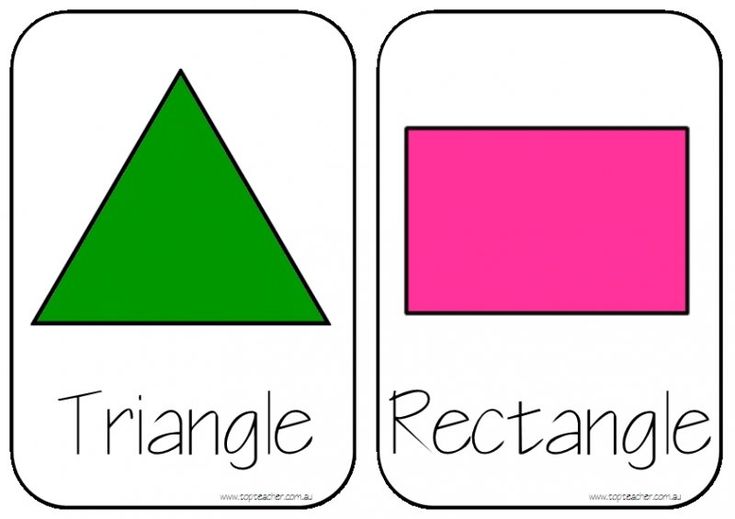 Include only a few items that are not rectangles.
Include only a few items that are not rectangles.
Hint: Your children may observe that a square is also a rectangle since it has four sides and four corners, and its opposite sides are the same length. If a child mentions this, explain that a square is a special kind of rectangle. Otherwise, don't introduce this concept because it will confuse many children who are just beginning to learn about shapes.
Mail Call
Ask parents and friends to help you collect envelopes from junk mail. Using file-folder labels, write the name of each of your children on a separate envelope. Put three construction-paper rectangles of various sizes and colors in each envelope. Place the "mail" in a shoe-box. Have the children take turns
selecting a piece of mail and delivering it to its recipient. Help them discover that the envelopes are rectangles. Let children open their mail at the same time. Discuss what they find inside. Challenge them to arrange their rectangles in order from large to small then have them return the rectangles to the
envelope and take them home to share with their families.
Challenge them to arrange their rectangles in order from large to small then have them return the rectangles to the
envelope and take them home to share with their families.
Mailbox Game
Make a mailbox by covering the lid of a shoebox with construction paper and cutting a slit in the top. Draw a rectangle on the lid. Collect 12 envelopes. Draw a rectangle on the fronts of half the envelopes and other shapes on the remaining half. Mix up the envelopes. Let your children take turns finding the envelopes with rectangles on them and mailing them in the rectangular mailbox.
~Totline Books, 123 Shapes
Rectangles - A Kid's Heart
Rectangle Coloring Page - DLTK
Rectangle Craft - DLTK
Rectangles Worksheets - Kid Zone
Rectangle Shape Monster Craft - All Kids Network
Rectangles - Preschool Express
Email Me!
Where would you like to go now?
Choose Your Destination------------------------------------COMPLETE SITE MAP------------------------------------Step By Step Home PageStep By Step Child CareChild Care Theme PagesChild Care FormsDaycare Information & Resources--------------------------------------------ABOUT STEP BY STEP CHILDCARE--------------------------------------------About Me My SetupMy Handbook My RatesMy Newsletter and CalendarTeddy Bear ExpressMy Discipline PolicyContact Me------------------------------------------ CURRICULUM & THEME PAGES------------------------------------------Preschool Theme PagesPackaged and Online Preschool CurriculumsSongsFun Foods & MenusScienceGames Toddler ActivitiesPoems, Poems, Poems!------------------------------------------DAYCARE INFORMATION PAGES------------------------------------------Daycare FormsCommonly Asked Questions by Providers & ParentsDaycare Advice for NewbiesWhat Providers Love & Hate About Their JobsTransition TimesDaycare & Parenting TipsAdvertising TipsGifts Daycare Providers Wish ForAre You Burnt Out?Tax InformationPlayground MaterialsGrant InformationParenting Articles------------------------------------AGES & STAGES------------------------------------Pregnancy & BirthAll About InfantsAll About ToddlersAll About PreschoolersAll About SchoolagersAll About TweensAll About Teenagers------------------------------------
Copyright 2004 - 2019 * Jana's Web Design * All Rights Reserved
What is Rectangle? Definition, Examples, Formula, Facts
What is Rectangle?
A rectangle is a closed 2-D shape, having 4 sides, 4 corners, and 4 right angles (90°).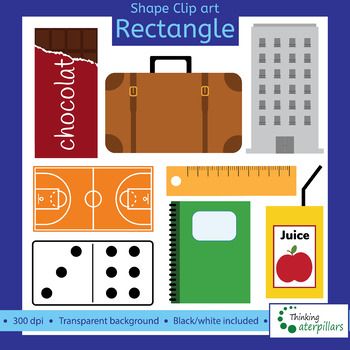 The opposite sides of a rectangle are equal and parallel. Since, a rectangle is a 2-D shape, it is characterized by two dimensions, length, and width. Length is the longer side of the rectangle and width is the shorter side.
The opposite sides of a rectangle are equal and parallel. Since, a rectangle is a 2-D shape, it is characterized by two dimensions, length, and width. Length is the longer side of the rectangle and width is the shorter side.
Rectangles Around Us
Rectangle being the most common shape forms a part of our day to day life. Some real-life examples of the rectangle are given below.
What Else Can We Call a Rectangle?
- Since, all the angles of a rectangle are equal, we also call it an equiangular quadrilateral. A quadrilateral is a 4-sided closed shape.
- Since, a rectangle has parallel sides, we can also call it a right-angled parallelogram. A parallelogram is a quadrilateral whose opposite sides are equal and parallel. Rectangles are special case of paralleograms.
What is a Diagonal of a Rectangle?
The line segments that join the opposite corners of a rectangle are called diagonals. In the given figure, the two diagonals of the rectangle are AC and BD.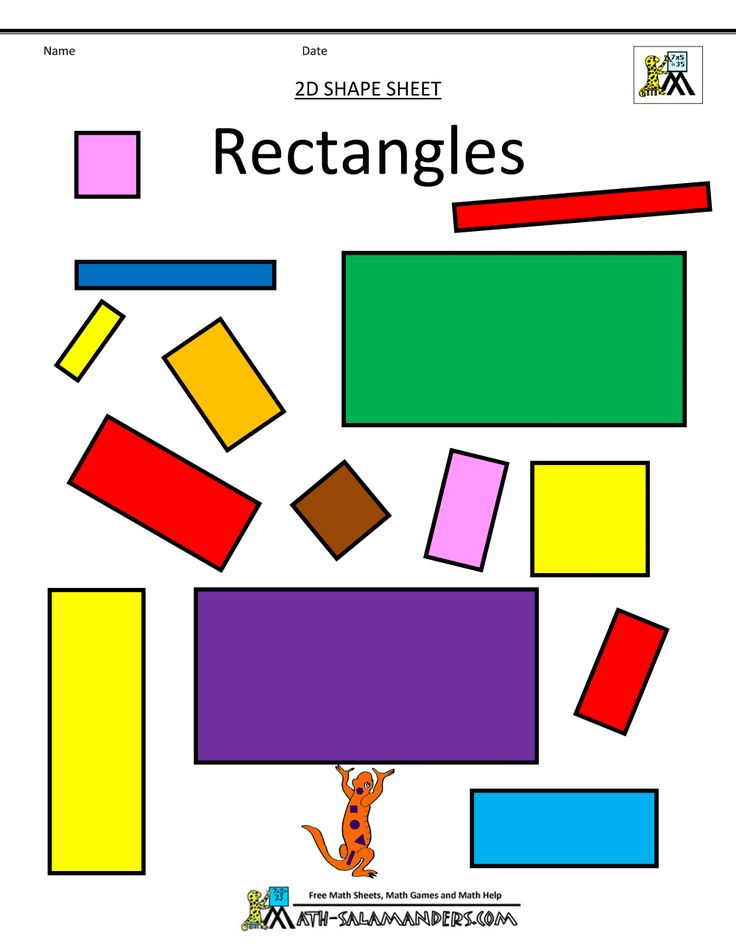 {2}}$
{2}}$
Properties of a Rectangle
The properties of a rectangle are as given below:
- It is a flat and closed shape.
- It has 4 sides, 4 angles, and 4 corners (vertices).
- It has 2 dimensions, namely, length and width
- Every angle of a rectangle measures 90°.
- Opposite sides are equal and parallel.
- It has 2 diagonals of equal length.
Area and Perimeter of a Rectangle
Area of a Rectangle
The space occupied by a rectangle is termed as its area. The area of a rectangle can be calculated by finding the product of its length and width. So,
Area of a rectangle = Length × Width
Since the area of a rectangle is the product of the length and width, it is measured in square units, like, square meters (m2), square inches (in2) and so on.
Perimeter of a Rectangle
The perimeter of a rectangle is the sum of the length of its four sides. Let’s find the formula for the perimeter of a rectangle.
Perimeter of a rectangle = length + width + length + width
= 2 × length + 2 × width
= 2 (length + width)
Since, we are adding the units of length to find the perimeter, its unit is also the
The perimeter is measured in the unit of length (inches or feet or metre and so on) because we add the length of the sides to find the answer.
Fun Facts
- All rectangles are parallelograms, but all parallelograms are not rectangles
- The diagonals of a rectangle divide the rectangle into four triangles
- Every square is a rectangle, but every rectangle is not a square
Solved Examples
- Identify rectangles in the given figures.
Solution:
Shape A and D are rectangles because they have opposite sides equal and parallel and all four right angles.
- Identify the length, width and diagonal in the given rectangle.
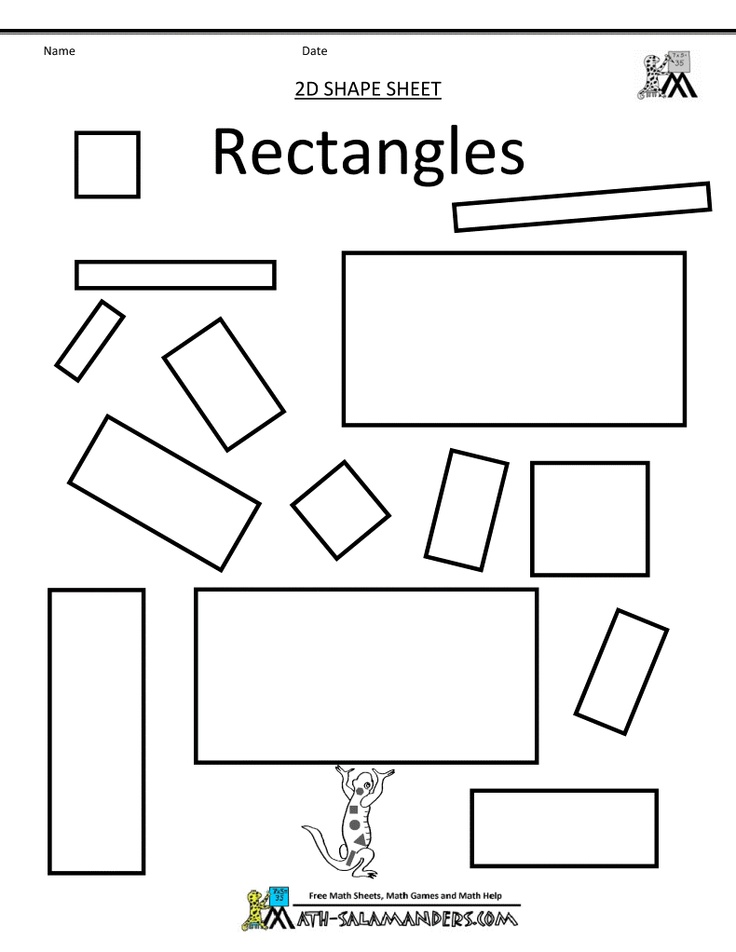
Solution:
Length → PQ and RS
Width → SP and RQ
Diagonals → PR and QS
- The length and width of a rectangle are 7 inches and 21 inches respectively. Find its perimeter.
Solution:
Perimeter of a rectangle = 2 × (Length + Width)
= 2 × (7 + 21) inches
= 2 × (28) inches
= 56 inches
- The length and width of a rectangle are 0.3 m and 15 cm. Find its area.
Solution:
Length = 0.3 m and Width = 15 cm
The length and width of the rectangle are in different so, so we convert one of them. Let’s convert length into centimeters by multiplying it by 100 because 1 m = 100 cm.
So, length = 0.3 ✕ 100 cm = 30 cm
Area = length ✕ width = 30 cm ✕ 15 cm = 450 cm2. {2}} = \sqrt{64+36} = \sqrt{100} = \sqrt{10 ✕ 10}$ = 10 inches
{2}} = \sqrt{64+36} = \sqrt{100} = \sqrt{10 ✕ 10}$ = 10 inches
Practice Problems
30 sq. cm
300 sq. cm
3,000 sq. cm
30,000 sq. cm
Correct answer is: 3,000 sq. cm
Length of the cardboard = 1 m = 100 cm and width = 30 cm
Area of rectangular cardboard = 100 cm ✕ 30 cm = 3,000 sq. cm
23 feet
46 feet
112 feet
305 feet
Correct answer is: 46 feet
Perimeter = 2 × (16 + 7) cm = 2 × 23 feet = 46 feet
256 cm
4 cm
40 cm
80 cm
Correct answer is: 4 cm
Area = Length × Width
So, Width = Area ÷ Length of the rectangle = 32 ÷ 8 = 4 cm.
Frequently Asked Questions
What is the definition of a rectangle?
A rectangle is a closed 2-D shape, having 4 sides, 4 corners, and 4 right angles (90°).The opposite sides of a rectangle are equal and parallel.
What are some real-life examples of a rectangle?
Some real-life examples of a rectangle include books, door, table top, blackboard etc.
What is the difference between a rectangle and a parallelogram.
All sides of a square are equal whereas opposite sides of a rectangle are equal and parallel.
Why are all rectangles not squares?
All rectangles are not squares because by definition of a rectangle, its opposite sides must be equal but Its adjacent may or may be be equal. So, only rectangles with equal adjacent sides are squares.
Rectangular MacKenzie-Childs MacKenzie-Childs
To come in
Login to your personal account
Remember me
Forgot your password?
Forgot login?
Password recovery
Please enter the email address provided in your account settings. A special verification code will be sent to it.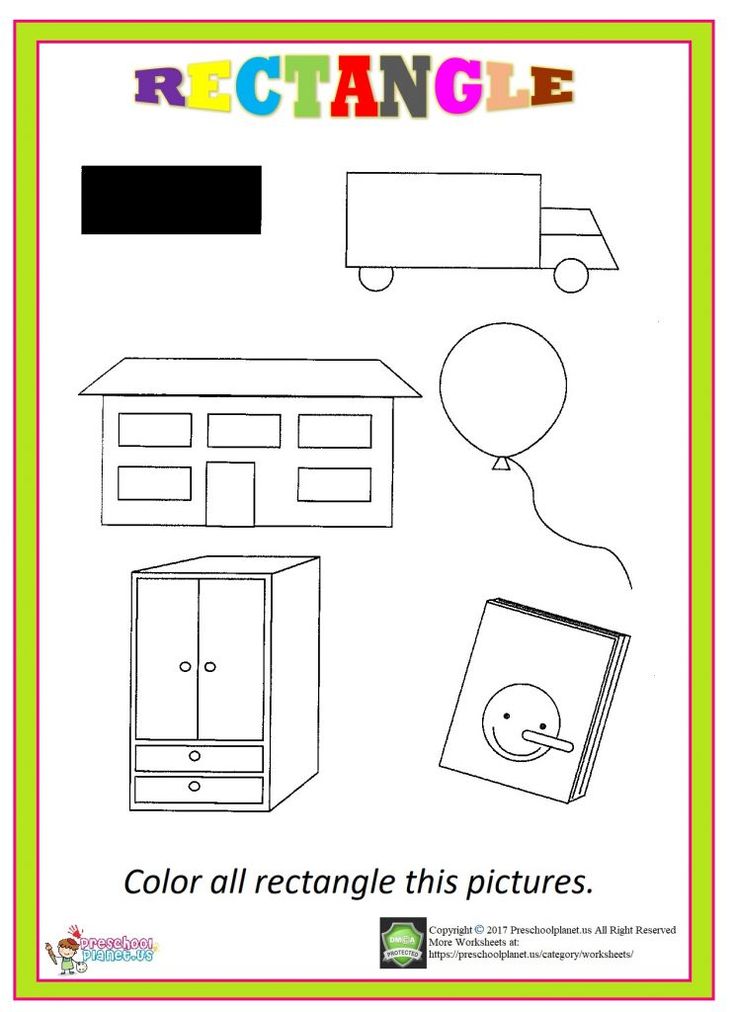 After receiving it, you will be able to enter a new password for your account.
After receiving it, you will be able to enter a new password for your account.
Recovery
Please enter the email address specified in your account settings. At this address will be sent an email containing your username.
Registration
Official distributor of MacKenzie-Childs in Russia and the CIS. Become a dealer
- You are here:
- Cooking
- Cooking utensils
- Baking dishes
- Rectangular baking dish
- Ceramic
- Uncategorized
- Flower Mood
- Knife sets
- Aprons
- Cuisine stand
- Soppine
- Holders for cutlery
- tablespoons, spatula, shoulder blades, shotguns for kitchen towels
- venues 2 towels
- Measuring instruments and containers
- Kitchen storage
- Cookie tins
- Bulk food tins
- pots
- Maslenki
- Food containers
- Cooking
- Teapots
- colanders, sita
- teapot teapots, coffee houses 900 Saucers0036
- Paisley - Watercolor
- Tudor Rose - Silver Fern
- Black & White Tartan
- Really Rosy
- Truly Royal Check
- Beehive Indoor/Outdoor
- Queen Bee Indoor/ Outdoor
- Courtly Check Red & Gold
- Cutting Garden
- Floor Mat
- Sisal
- Crazy Daisy
- Emerald
- Modern Naturalist
- Forest Tuk Tuk
- Flower Market Trellis
- Royal Check
- Verdant Dream
- Hitchcock Field
- Queen Bee
- Poplar Ridge
- Royal
- Zanzibar
- Royal Paisley
- Gypsy Caravan
- Flower Market
- Flower Market Reflections
- Courtly Check Purple & Green
- Butterfly Garden
- Bloomsbury Garden
- Gabrielle's Garden
- Zebra
- Tudor Rose
- Check it out
- develop spatial thinking, orientation in space;
- broaden one's horizons;
- to develop the ability to compare, analyze, summarize and highlight the main thing, classify;
- to replenish vocabulary.
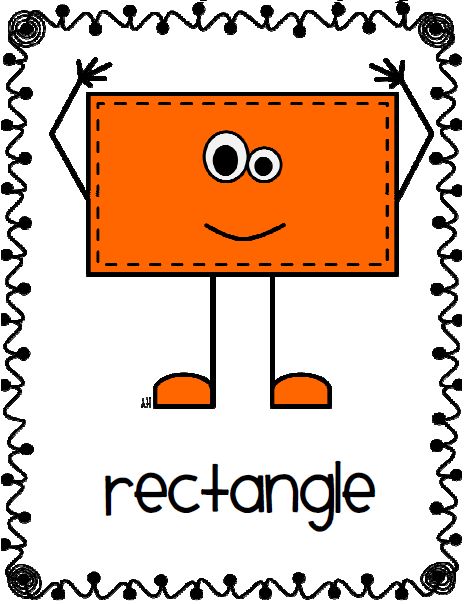
- Education for preschoolers should be built in the form of an exciting game.
- No need to scold the child if he did not remember the names of the figures from 1 time, even if from 31 - it's not worth it.
- Do not forget to organically weave geometric knowledge into life: “give a square box”, “take an apple from a round plate”.
- On the way to the garden, look for rectangular or round objects, compete to find and name the most.
- In the game arsenal you should have toys of the correct geometric shape - balls, cubes, designer parts.
- Usually kids like to help their mother in the kitchen. Get round, square, rectangular molds and bake edible geometric shapes.
- It is important to use tactile memory when studying figures.
 It will be much more interesting for a child not only to see, but also to feel, stroke, and maybe even lick the object of study.
It will be much more interesting for a child not only to see, but also to feel, stroke, and maybe even lick the object of study. - Load the child's brain in doses, gradually supplementing with information. For example, when studying shapes, repeat colors as well: “Look, what a blue oval it turned out to be.”
- Before reaching the age of 1.5, we pronounce the surrounding objects aloud, supplying our story with information about the shape (let's take a round apple).
- At the age of 1.5 - 2 years, we use pictures, color the figures, use sorters to study the figures. We start with the simplest - the circle. We will connect the rest of the figures only after the child has learned the concept of "circle".
- From the age of 2 until reaching school age, we can apply all existing methods, following from simple to complex.
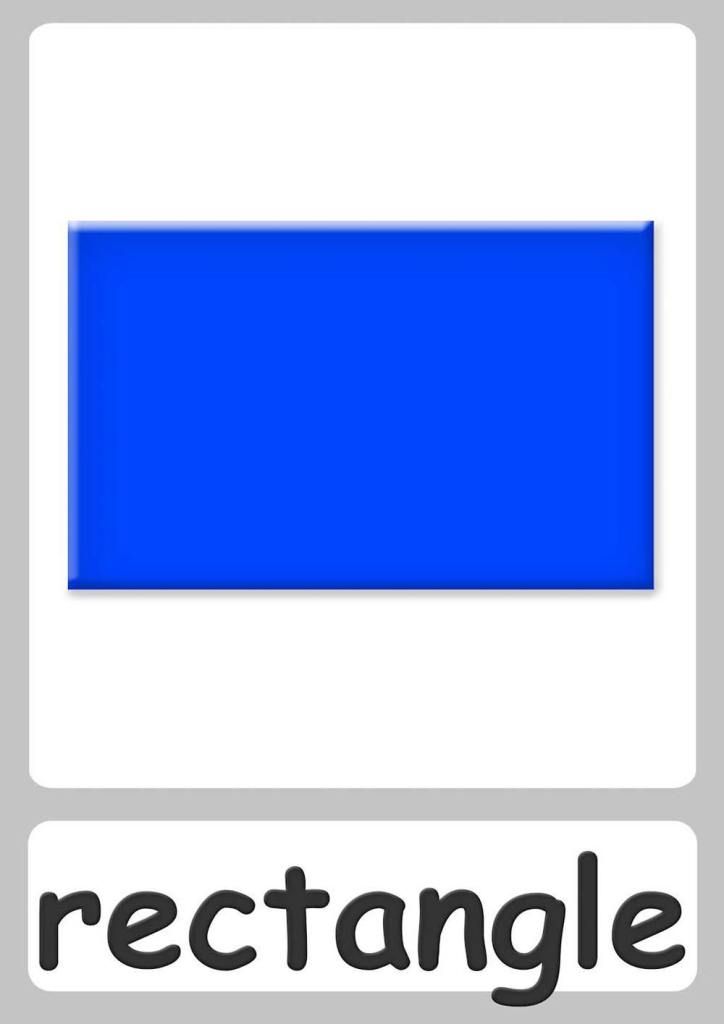
- Finding a three-dimensional figure from a flat pattern is an excellent exercise for developing spatial thinking.
- "Sleuth". Children are given an “orientation” - a flat drawing of the desired figure from all sides. Children need to match the pictures and find the right shape.
- Create a 3D model yourself.
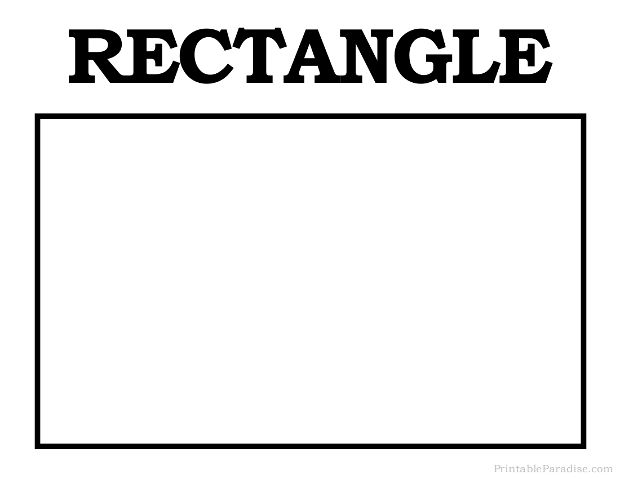
Learn more
Sort
of goods in stock -/+
Product name
Creation date
Article
Product price
Order
shows 1 - 2 of 2 15304860150
42 people added this product to the List of Wishes
Product description
Quick View
Quick View
21200 ₽
MacKenzie-Childs Piccadilly Ceramics Square Bakeware, hand painted in broad strokes in carnival colors as fresh as porcelain peach, cheerful as fireworks.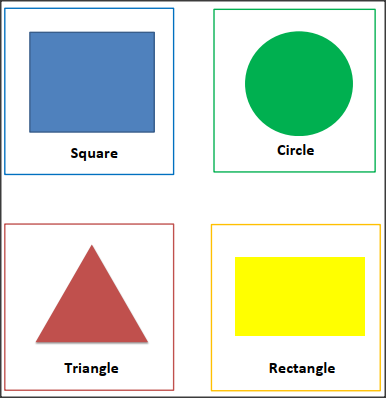 You will receive
You will receive
42 people added this product to their wishlist
product description
48 people added this product to their wishlist
product description
Quick View
Quick view
Hand-painted in broad strokes in carnival colors, fresh as porcelain peach, cheerful as fireworks, our Piccadilly Ceramics Bakeware by MacKenzie-Childs is incredibly durable and
48 people have added this item to their wishlist
Product descriptionRectangular baking dish
Any housewife has a lot of secrets to achieve perfectly fluffy pastries, juicy casseroles, fragrant meat dishes and pie. One of them is high-quality ovenware. As a rule, experienced hostesses choose rectangular baking dish made of ceramic. They distribute heat evenly. In ceramic dishes, the edges of baking do not burn, the middle is perfectly baked and does not settle.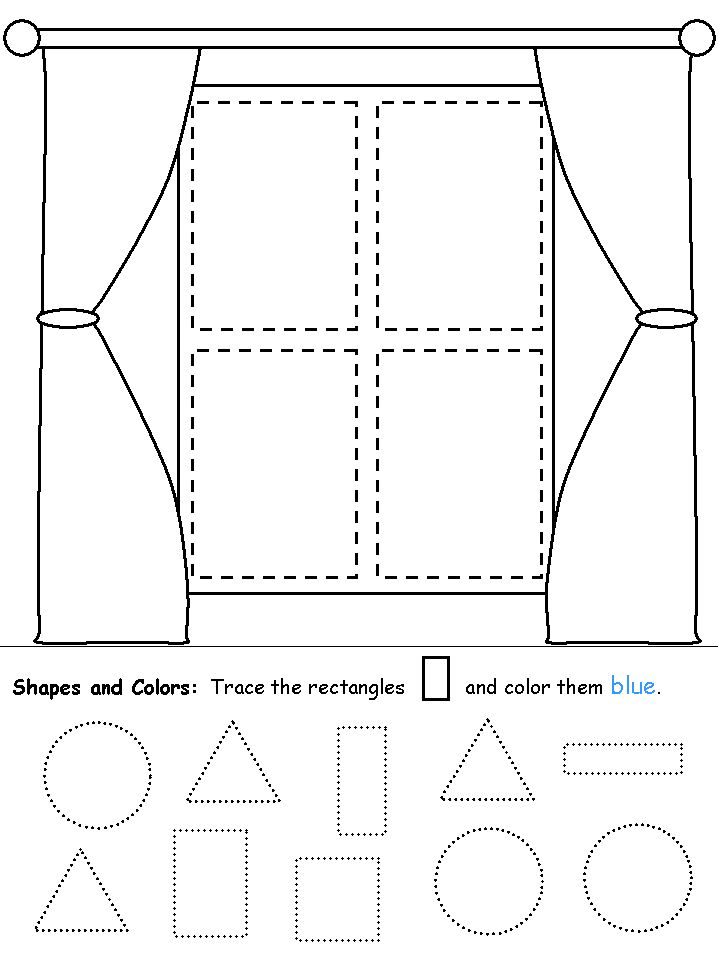 Forms have rather high sides and small handles, for which it is convenient to get dishes from a hot oven.
Forms have rather high sides and small handles, for which it is convenient to get dishes from a hot oven.
Unique design rectangular molds
branded rectangular baking pans are very popular and in demand among home cooks. They are used to make various casseroles, lasagne, french fries, tender biscuits and sweet berry desserts. The finished dish can be served on the table in the same forms. They are decorated with a bright signature painting, which captures the "handwriting" of the world famous brand MacKenzie-Childs at first sight. A picturesque palette, "live" strokes on the walls of dishes and strict black and white stripes on the handles. Stylish forms with mouth-watering pastries will be the main focus on a festive table or a family dinner.
Rectangular baking molds can be bought as a wedding gift for mother, sister, girlfriend or daughter-in-law. They will certainly appreciate the high quality and aesthetic properties of the present. After all, MacKenzie-Childs products are a love of creativity and a manifestation of creativity, this is a real celebration of applied art!
After all, MacKenzie-Childs products are a love of creativity and a manifestation of creativity, this is a real celebration of applied art!
Feedback
Do you have any questions? We know the answer!
We will help you with the choice, answer your questions, tell you about offers that will definitely interest you!
Just fill out this form and we will contact you as soon as possible. Our managers will help you navigate the vast world of MacKenzie-Childs.
Or call:
+7 (965) 284-56-65 - sales department
+7 (495) 201-21-81 - Moscow office
Order via WhatsApp
Masaru Ibuka in his book “After Three It's Too Late” claims that in the first three years of life a child has the highest potential for learning and development, so inaction is akin to a crime.
Of course, we may feel that the child is too small. And what can he learn if he cannot even speak? But the brain of a child, like a sponge, absorbs all the information around it.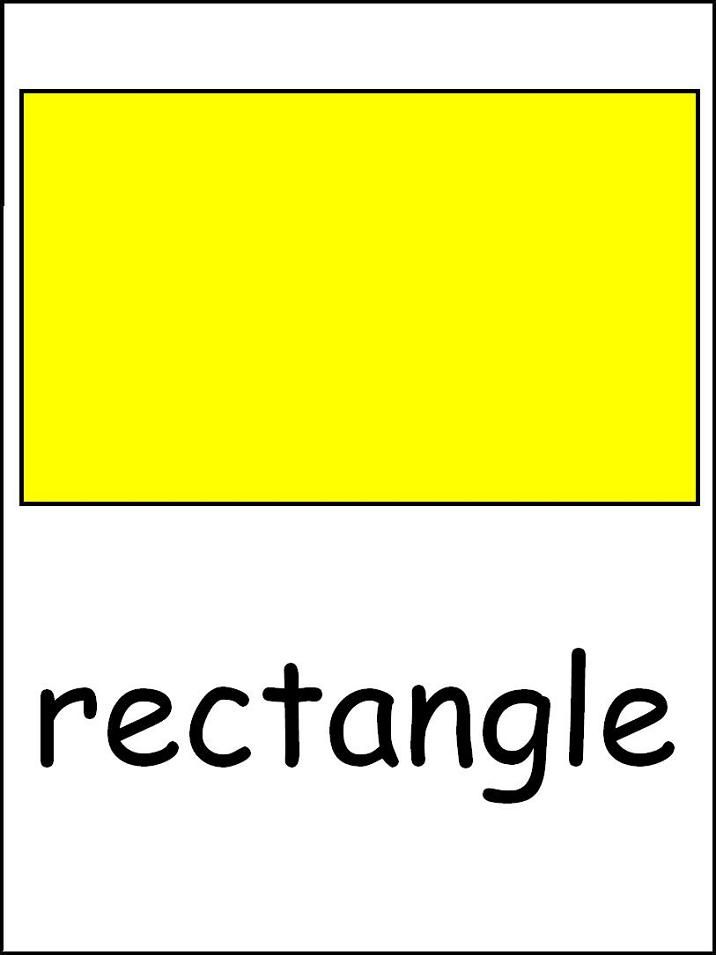 And it depends on the parents what the child will learn at this age.
And it depends on the parents what the child will learn at this age.
Is it worth it to start studying geometric shapes at such an early age? Undoubtedly. The child lives in an environment of geometric shapes. The knowledge you give should not be divorced from your daily life. Mom is the guide of the baby in this world, and it is absolutely not necessary for her to have a degree in order to tell the child how the world works.
Why should a child learn geometric shapes?
The first three years of a child's life is a period of development of brain cells, when a solid foundation for new achievements is formed. Already at 3-4 months, the baby is able to distinguish forms. This does not mean that the time has come to memorize the names of geometric shapes, but when talking with a baby, a mother may try to use the phrases: “Here is our favorite round saucer”, “Let's see what's in a square box” and the like.
Knowledge of geometric shapes helps:
And, of course, the knowledge acquired by a preschooler will serve him as an excellent help in studying mathematics at school.
How to learn geometric shapes with a preschooler?
Basic Shape Memorization Techniques
There are many techniques and techniques that will make memorizing shapes interesting for children. The choice of methods will depend on the age and knowledge of the child.
When studying geometric figures, it is important to proceed in stages. You should start with light shapes: circle, square, triangle, rhombus, rectangle, oval. Knowledge of these figures is available for children 2-3 years old.
Older children, 4-5 years old, include in their vocabulary and take into circulation the concepts of trapezoid, parallelogram, pentagon, hexagon, octagon, decagon and other polygons. They already know how to analyze, so they can easily compare and find differences between figures.
Senior preschool children get acquainted with three-dimensional figures: cylinder, pyramid, cube, ball, cone, prism.
Let's analyze some variants of techniques for studying geometric shapes:
1. Sorter – looking for a "house" for each shape. The child will not only remember the figures, but will also develop fine motor skills, coupled with thinking.
2. Modeling .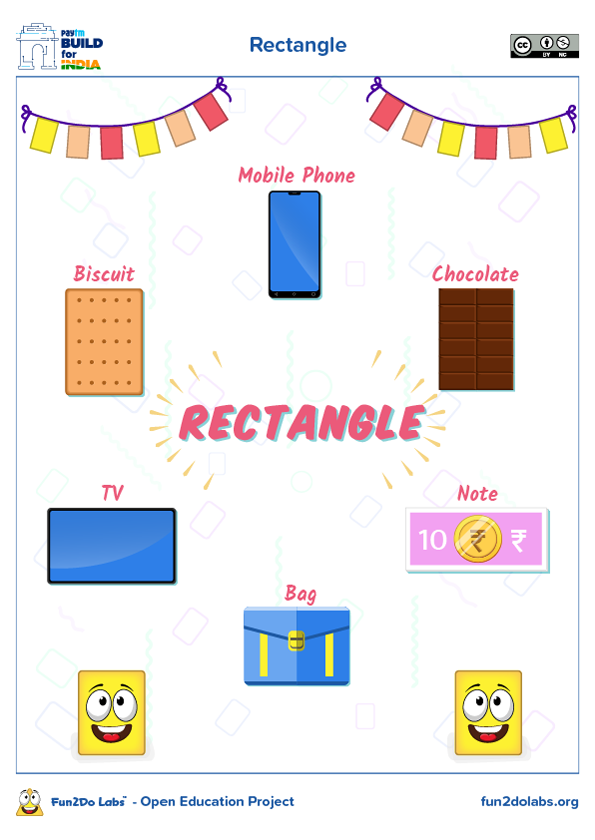 Sculpt geometric shapes with your baby - you simply can’t imagine a better activity for developing fine motor skills of hands and perseverance.
Sculpt geometric shapes with your baby - you simply can’t imagine a better activity for developing fine motor skills of hands and perseverance.
3. Three-dimensional stickers and magnets depicting geometric shapes can also help the child fix the names of the shapes in memory.
4. Looking for halves of . Cut the geometric shapes into two parts, mix and invite the baby to find the other half.
5. Applications . You can also make a geometric application from cut out figures. For example, a house (square + triangle), Christmas tree, car.
6. Stroke dotted geometric shapes .
7. Color or shade the geometric shapes you suggested .
7. Finish the figure according to the sample.
8. Draw figures using stencils.
9. Listen to a fairy tale where the main characters are geometric figures, and then draw what you hear.
10. Put figures of different shapes into an opaque bag and suggest guessing the shape of the object by touch.
11. An excellent game for the development of memory and attentiveness. An adult prepares cut out figures of different colors and sizes and lays them out in front of the baby. They discuss colors, name the figures, and then the adult hides the figure. The task of the child is to find and name which figure is not.
12. Laying out geometric shapes with counting sticks or matches. When the child masters this skill, you can move on to a more difficult level - solve puzzles. For example, remove one match to make a triangle.
13. Associations . Invite the child to name objects that a circle or rectangle looks like.
14. Laces and various insert frames , for example, Nikitin squares, where you need to recreate a square from several objects, or Segen boards, where you need to insert the missing part.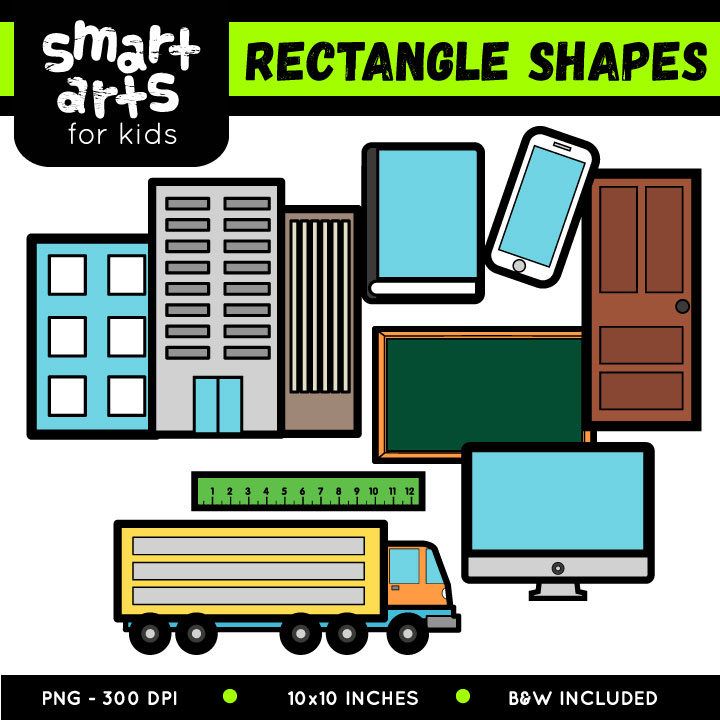
15. Outdoor games . For example, an oval, a triangle, a square, a rectangle are drawn on the asphalt. At the command of an adult, the child must find the named figure and stand in it.
16. Videos . There are a large number of cartoons and educational materials about geometric shapes. Watch the video with the baby and be sure to discuss what you see.
17. Find on the Internet and print out pictures that artists draw with geometric shapes, and invite your child to count how many circles, rectangles, etc. are there. objects (for example, ball = ball). And, of course, to involve the study of the subject through games:

